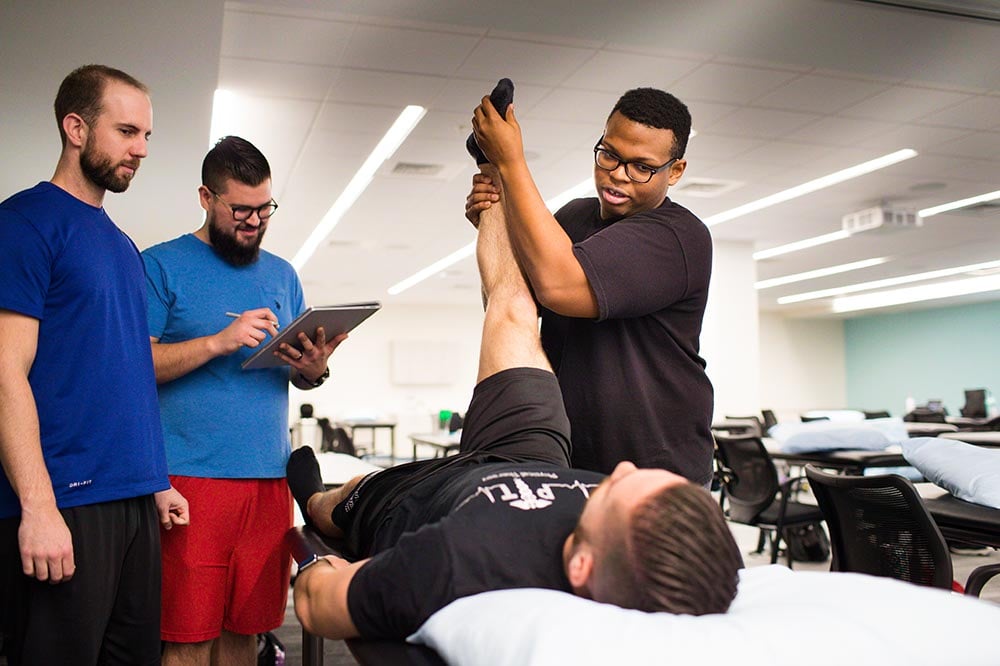An application of physical therapy for herniated disks typically, happens over six months, twice or three times every week, and should only be run by a trained, qualified therapist for physiotherapy via https://www.marlboroughhousetherapycentre.co.uk/physiotherapy/ .
Kinds of physical treatment
Physical treatment for herniated disks is usually of two types: active and passive. Passive physiotherapy can be used to unwind the muscle and body tissue. Active physiotherapy promotes the body to function in the fields of posture, joint motion, flexibility, posture, core strength.

Passive physiotherapy is generally the initial approach since the individual is initially undergoing soreness and pain. A blend of these remedies can be applied dependent on the specific injury and the physician's recommendations.
Cold and hot treatment: Sexy therapy increases blood circulation to the goal region, providing additional oxygen and nutrition for recovery, and eliminating waste chemicals brought on by muscle fatigue.
Deep Tissue Massage: This system involves applying pressure to relieve muscle spasms and profound tissue strain, conditions that hinder smooth use of the muscle.
Hydrotherapy: As the name implies, this procedure employs water. A person is immersed in a pool of heated water, a whirlpool tub or a hot shower. Hydrotherapy alleviates pain and relaxes the muscles.
TENS (transcutaneous electric nerve stimulation): The electrodes in the TENS machine are taped to your skin and deliver a tiny electrical current to the muscle without causing any pain. TENS reduces muscle spasms and assists in the release of endorphins – that the natural hormones which handle pain.
Traction: This treatment involves attentive bending of the spine bones to offset the effects of gravity and also minimize the disk hernia (bulging). It's done on the lumbar or cervical vertebrae.